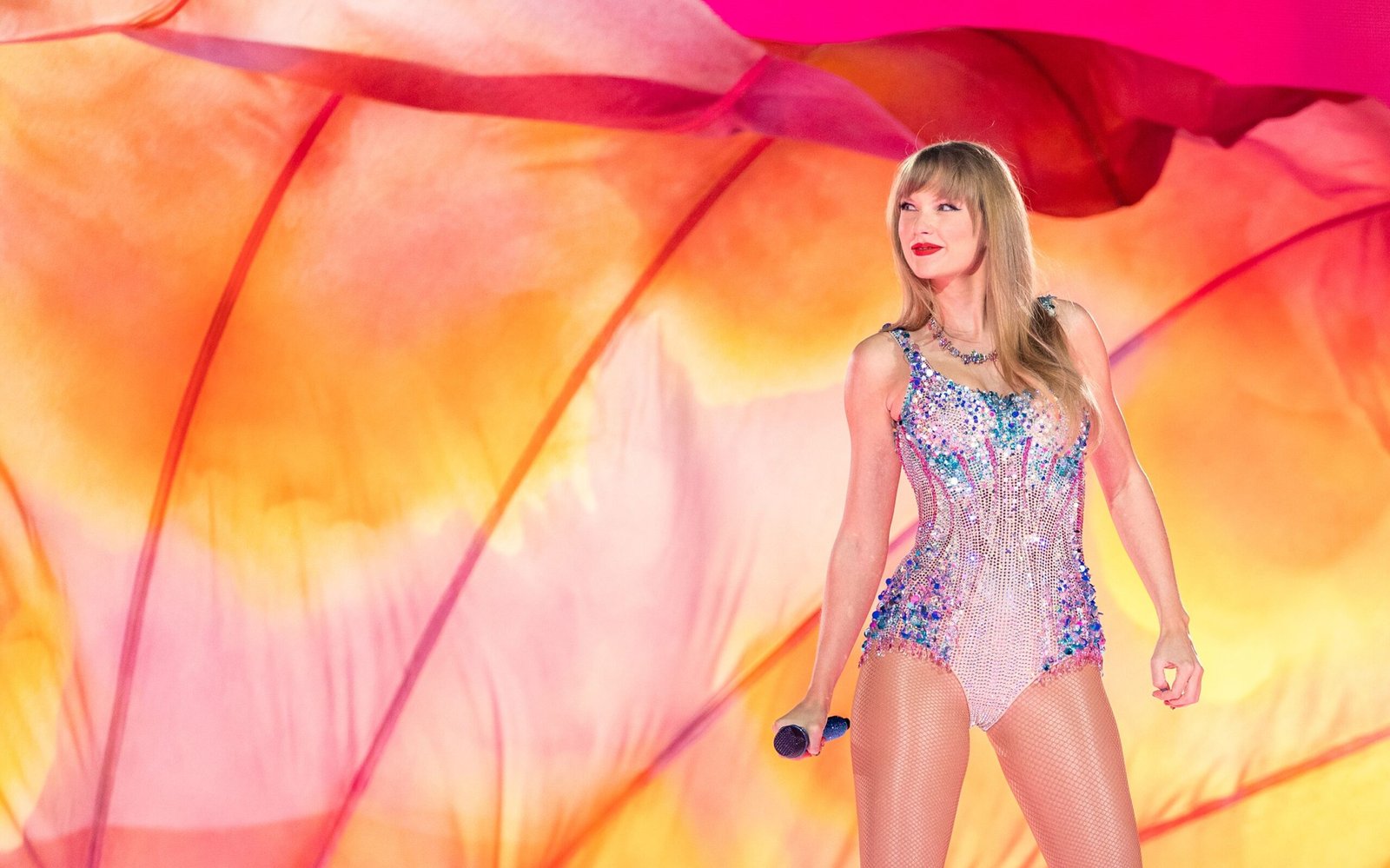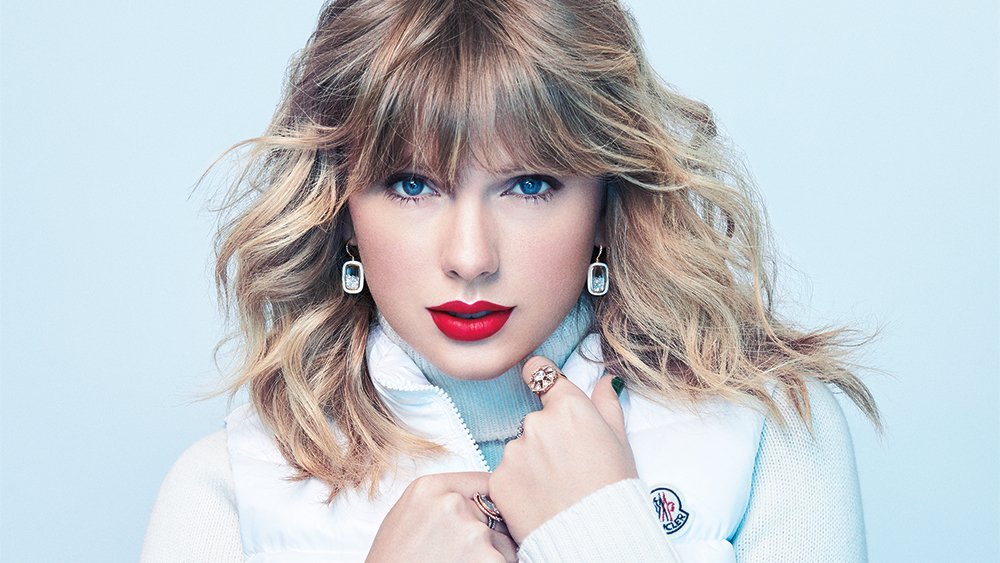The History Behind Her
In the show film “Taylor Quick” The Times Visit,” the (seemingly) most popular lady on the planet plays guitar and some of the time piano. Be that as it may, the instrument she plays with the most expertise, artfulness, and pleasure is the crowd — almost 100,000 ridiculous Swifties filling SoFi Arena in Inglewood, California, and the endless fans who will fill cinemas to see this gift of her blockbuster visit.
Quick finished off her spring/summer arena visit at SoFi Arena in August — and she and chief Sam Wrench appear to have carefully selected the exhibitions from the six shows she performed there. (Her acoustic set’s two “shock” melodies come from various evenings.) The show is coordinated by collection, however not in sequential request.
Wrench presents the show similarly a fan in the arena would see it — no behind-the-stage outfit changes, no in-the-background warmups, no meetings with fans before the show. The camera rolls in from a higher place, focusing on the arena, and very much like that, Quick and her reinforcement band, singers and artists are sending off into “Miss History of the U.S and The Grievousness Ruler,” the first of six cuts from her 2019 collection, “Sweetheart.”
History:
Taylor Swift’s career can be divided into different “eras,” each marked by changes in her musical style, image, and personal life. While the specific eras may vary depending on interpretation, here’s a general breakdown:
Country Era (2006-2008): This era covers Swift’s early years as a country music artist. Her self-titled debut album “Taylor Swift” was released in 2006, featuring hits like “Tim McGraw” and “Teardrops on My Guitar.”
Fearless Era (2008-2010): Swift’s second album, “Fearless,” marked her transition to mainstream success and included songs like “Love Story” and “You Belong with Me.” This era solidified her reputation as a top country-pop crossover artist.
Speak Now Era (2010-2012): Swift’s third album, “Speak Now,” showcased her growth as a songwriter, as she wrote all the songs herself. Hits from this era include “Mine” and “Mean.”
Red Era (2012-2014): “Red” departed from Swift’s strictly country roots into a more pop-oriented sound. This era saw hits like “We Are Never Ever Getting Back Together” and “I Knew You Were Trouble.”
1989 Era (2014-2016): Swift fully embraced pop music with her album “1989,” named after the year of her birth. It featured chart-toppers like “Shake It Off” and “Blank Space.”
Reputation Era (2017-2018): This era was characterized by a darker, edgier image for Swift, with her album “Reputation” exploring themes of fame, media scrutiny, and personal growth. Hits included “Look What You Made Me Do” and “Delicate.”
Lover Era (2019-2020): “Lover” showcased a return to a more romantic, whimsical style for Swift, with songs like “Me!” and the title track “Lover.”
Folklore/Evermore Era (2020-present): Swift surprised fans by releasing two sister albums, “Folklore” and “Evermore,” in quick succession during the COVID-19 pandemic. These albums marked a departure from her usual pop sound, embracing indie folk and alternative styles.
Each of these eras represents a distinct phase in Taylor Swift’s career, both musically and personally, and her fans often celebrate and analyze the shifts between them.

Changing travel:
While there hasn’t been an official “Taylor Swift Eras Tour” announced, if such an event were to take place, it could potentially have a significant impact on travel and tourism in various ways:
Destination Tourism: Depending on where the tour stops are scheduled, fans may travel long distances to attend concerts in different cities or countries. This could lead to increased tourism in those areas, benefiting local economies through spending on accommodation, dining, and other attractions.
Travel Trends: The announcement of a Taylor Swift-era tour could influence travel trends, particularly among her dedicated fan base. Fans might plan vacations or trips around attending multiple concerts on the tour, creating a surge in travel demand during the tour period.
Transportation Infrastructure: Hosting large-scale concerts requires efficient transportation infrastructure to accommodate the influx of attendees. Organizers and local authorities may need to plan for increased traffic, public transportation usage, and parking needs around concert venues.
Accommodation Demand: With fans travelling from various locations to attend the tour, there could be heightened demand for accommodation options such as hotels, Airbnb rentals, and camping sites near concert venues. This increased demand may lead to higher prices and potential booking challenges for travellers.
Environmental Impact: Large-scale tours often involve significant energy consumption and carbon emissions from transportation, venue operations, and other logistical aspects. Tour organizers may implement sustainability measures to minimize the environmental impact, such as carbon offset programs or using renewable energy sources.
Overall, a Taylor Swift-era tour could have a multifaceted influence on travel, contributing to tourism economies, shaping travel behaviours, and necessitating logistical considerations to ensure a smooth and enjoyable experience for fans.
Internal Link – ragdi








